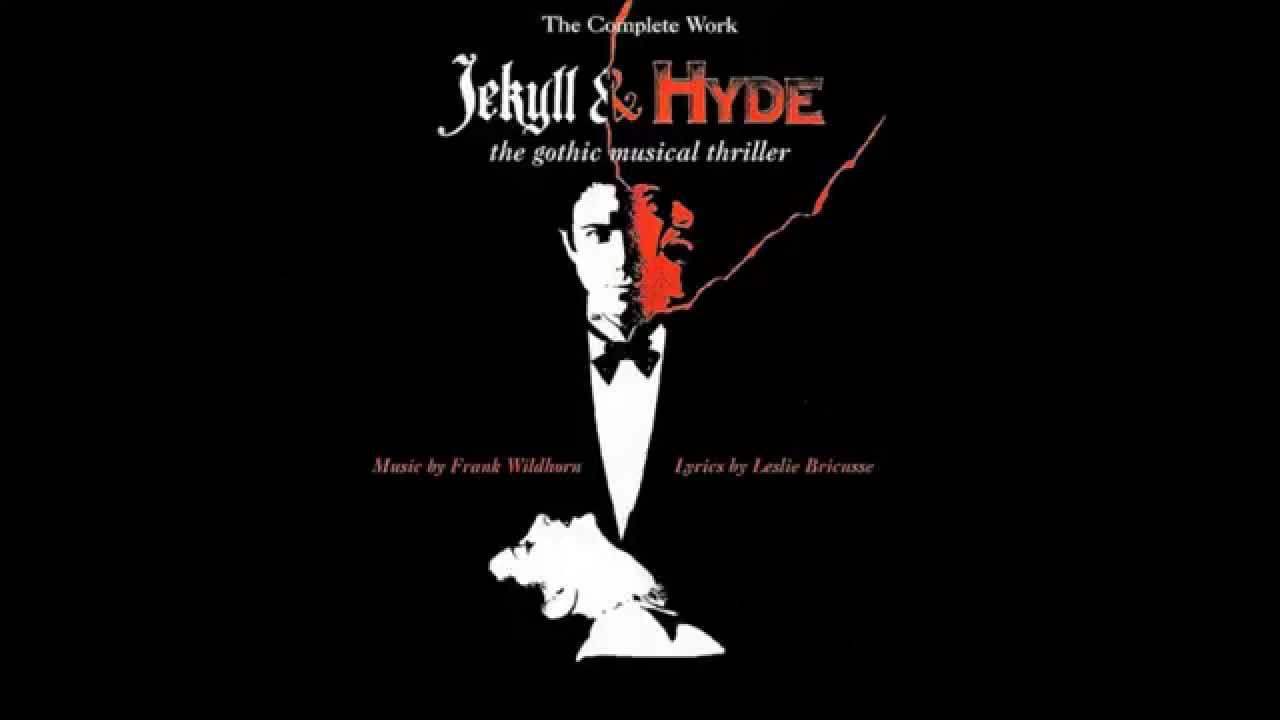These are scary times for very many people. Times when the White House issues a statement on Holocaust Remembrance Day that somehow makes no mention of the Jewish people at all, let alone the six million that were killed. Times when a Nazi gets punched in the face and people get mad about it and rush to his defense. Given this climate, however we got here, I think it’s important to highlight art and media that take influence from Jewish culture and history.
Believe it or not, Hebrew folklore and traditions have a long history in the horror genre. Some of the most prominent horror stories began life as Jewish folk tales. Vampires, werewolves, possession, long before these ideas were claimed by Christianity.
While the movies almost always take the more Christian approach, there are exceptions and those exceptions, I think, are worth pointing out. They’re worth shining a light on. Horror has existed throughout all points in history and in many different forms.
The Possession
It’s really tough to find a film about demonic possession that isn’t loaded down with a Christian—usually Catholic—message. Part of what makes The Possession interesting is that it uses a dybbuk box as the method behind the infestation. This is a concept lifted directly out Hebrew folklore. Dybbuk is Yiddish for “cling,” usually describing the spirit of a dead person that refuses to pass on and latches onto a host body.

Tales from the Crypt Presents Bordello of Blood
OK, OK, so it’s maybe not the most glowing of recommendations, but Bordello of Blood gets some stuff right. Think of it as a placeholder for all movies and media that use the theme of Lilith, the first vampire. In Hebrew folklore, Lilith was the first wife of Adam, but was cast out when she refused to obey him. She rose from her grave, drank blood and ate babies, and it’s one of the earliest stories of vampirism that we can trace.
 V/H/S
V/H/S
Specifically, I’m talking about the segment “Amateur Night.” And therefore I guess I’m probably talking about SiREN as well. The point is, Lily is a succubus ripped right out of folklore and even her name warrants speculation as to whether or not she might just be Lilith herself.
 An American Werewolf in London
An American Werewolf in London
This movie might not pull specifically from Jewish folklore, but it’s inherently Jewish right down to the writer/director and stars. The approach it takes to werewolves is one that deals heavily with inherently Jewish themes of survivor’s guilt, of feeling like you don’t deserve to live over those who have been killed. That’s basically the way David feels about Jack. Plus, you didn’t think that Nazi nightmare scene was in there just for the hell of it, did you?
 The Wolf Man
The Wolf Man
The Wolf Man turns the overriding theme of survivor’s guilt into the main theme of the whole movie. This feature was not remotely based on Jewish history, only Jewish present. The film was released in 1941, right at the height of the global devastation that was World War II. Screenwriter Curt Siodmak was a polish-born Jew who put much of that cultural fear and anxiety into the story. And it was one of the best Universal classics because of that.
 It!
It!
No, not that less enthusiastic clown movie. It! is a film about a golem, one of the cornerstones of Hebrew mythology. Typically carved from clay and brought to life to perform tasks, the golem had a major influence on everything from Frankenstein to movies about zombies and mummies, especially in the ’30s and ‘40s. This one tackles the golem head on and, uh, is also a really weird movie in general. Worth checking out for that reason, and for the fact that it stars Roddy McDowall.
 The Golem
The Golem
The Golem is a film from 1915, which not only makes it an explicitly Jewish horror movie, but also one of the first horror features of all time. Historically, it should be important for those reasons. There’s some speculation, strangely enough, as to whether or not a completed print of the film actually exists. You’d think that would be something that would be easy to tell, one way or another. But some people are sure, some have claimed to have seen it, while others believe there are no credible sources for these claims.







